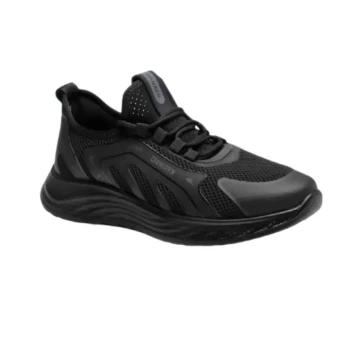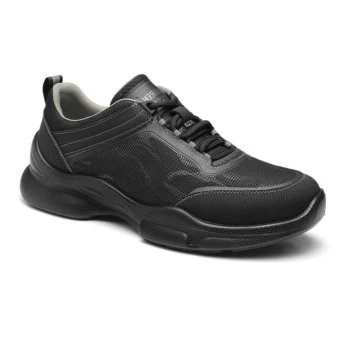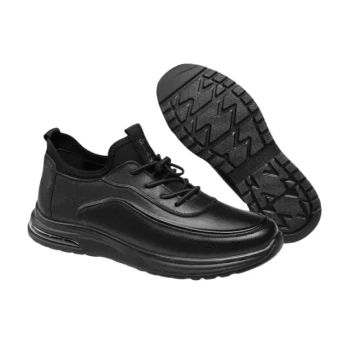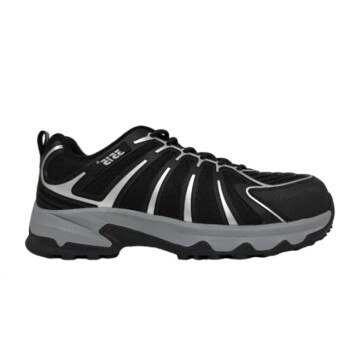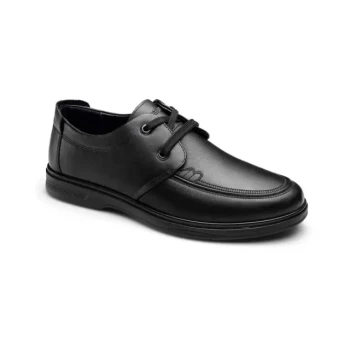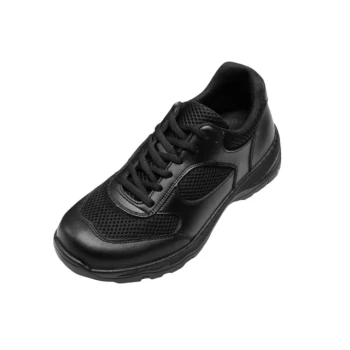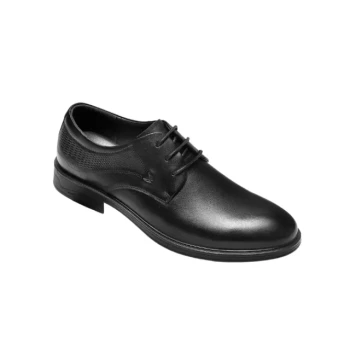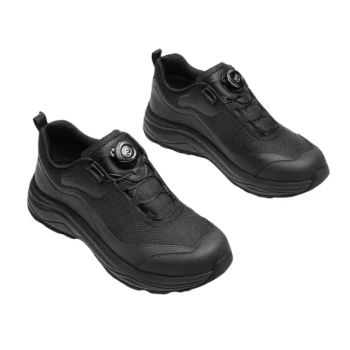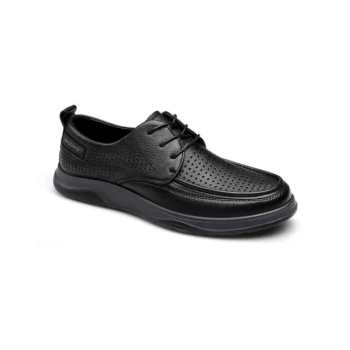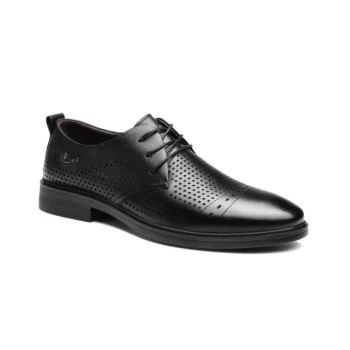To avoid misleading claims about leather quality, you must ignore vague marketing terms and focus on the specific grade of the leather. Look for clear labels identifying the product as full-grain or top-grain leather, as these are the highest-quality grades derived from the strongest part of the animal hide. Be highly skeptical of ambiguous phrases like "genuine leather," which often signifies a lower-quality material.
The most reliable indicator of leather quality is not a brand name or a price tag, but the specific layer of the hide from which it was made. Understanding the fundamental difference between full-grain, top-grain, and "genuine" leather is the only way to cut through marketing jargon and make an informed decision.
The Hierarchy of Leather Grades
Not all leather is created equal. The quality is directly tied to which part of the animal hide is used and how it's processed. This creates a clear hierarchy of quality, durability, and cost.
Full-Grain: The Gold Standard
Full-grain leather comes from the very top layer of the hide and includes the complete, natural grain. It has not been sanded, buffed, or corrected to remove imperfections.
This makes it the strongest and most durable type of leather. Over time, it will develop a rich patina, a beautiful sheen that develops through use and exposure, which is highly prized by connoisseurs.
Top-Grain: The Versatile Runner-Up
Top-grain leather is the second-highest quality. It is also taken from the top layer of the hide, but it is lightly sanded or buffed to remove natural imperfections like scars or brands.
This process gives the leather a more uniform, smooth finish. While it is still very strong and durable, it is slightly less breathable and won't develop as significant a patina as full-grain leather.
Genuine Leather: The Misleading Middle
This is perhaps the most deceptive term in the industry. While it sounds reassuring, "genuine leather" is not a mark of high quality. It is typically made from the lower, weaker layers of the hide that remain after the top layers are split off for full-grain and top-grain.
The surface is often heavily processed, painted, or embossed with an artificial grain to look like a higher-quality product. It is significantly less durable and will not age well.
Bonded Leather: The Lowest Tier
Bonded leather is at the bottom of the quality spectrum. It is an engineered product made from leftover leather scraps, dust, and fibers that are shredded and then bonded together with polyurethane or latex onto a fiber backing.
It is the least durable and is prone to peeling and cracking in a very short time. It should be avoided for any item intended for long-term use.
Decoding Marketing Claims vs. Factual Labels
Transparent manufacturers are proud of their materials and will label them clearly. Misleading marketing relies on ambiguity to confuse the consumer.
Vague Claims to Question
Be wary of labels that are technically true but ultimately meaningless. Terms like "100% Leather" or "Made with Real Leather" tell you nothing about the quality. Most often, these phrases are used on products made from "genuine leather" or even bonded leather.
What Transparent Labeling Looks Like
A high-quality product will be labeled with specificity. Look for explicit terms like "Made with Full-Grain Cowhide" or "Italian Top-Grain Leather." Specificity is a sign of a manufacturer's confidence in their materials.
Simple Tests to Verify Quality
Before purchasing, use your senses to perform a quick inspection.
The Feel and Imperfection Test
Run your hand across the surface. High-quality, full-grain leather will feel substantial and have a unique, slightly uneven texture with minor natural imperfections. If the surface is perfectly uniform and feels like plastic, it is likely heavily processed or synthetic.
The Smell Test
Real leather has a distinctively rich, earthy smell. A strong chemical or plastic odor is a major red flag, often indicating low-grade materials or heavy surface coatings.
Understanding the Trade-offs
Choosing the right leather involves balancing cost with desired longevity and appearance.
Why Full-Grain Costs More
The high price of full-grain leather is due to the scarcity of unblemished hides required to produce it. Because the natural surface is preserved, only the cleanest, highest-quality raw hides can be used.
The Value of Durability
While a full-grain product has a higher initial cost, it should be viewed as an investment. A full-grain bag or belt can last for decades, developing more character with age. In contrast, a "genuine leather" product may need to be replaced within a few years, making it more expensive in the long run.
Making the Right Choice for Your Goal
Your final decision should be guided by your primary goal for the product.
- If your primary focus is maximum durability and a product that ages beautifully: Seek out and invest in full-grain leather.
- If your primary focus is a flawless, uniform finish in a durable product: Top-grain leather offers an excellent balance of quality and aesthetics.
- If your primary focus is a budget-conscious or short-term purchase: "Genuine leather" may be sufficient, but you must have realistic expectations about its limited lifespan and performance.
By focusing on the grade of the hide, you can cut through the marketing noise and invest with confidence.
Summary Table:
| Leather Grade | Key Characteristics | Durability & Aging | Common Use Cases |
|---|---|---|---|
| Full-Grain | Natural grain, unaltered surface, develops patina | Highest, lasts decades | Luxury bags, belts, heirloom furniture |
| Top-Grain | Sanded surface, uniform finish, less breathable | High, durable but less patina | High-end accessories, upholstery |
| Genuine Leather | Lower hide layers, heavily processed surface | Low, prone to cracking | Budget-friendly goods, short-term items |
| Bonded Leather | Shredded scraps bonded with synthetic backing | Lowest, peels quickly | Low-cost decor, disposable products |
As a large-scale manufacturer, 3515 produces a comprehensive range of footwear for distributors, brand owners, and bulk clients. Our production capabilities encompass all types of shoes and boots, ensuring you receive products made with transparent, high-quality materials like full-grain and top-grain leathers.
Ready to source durable, honestly labeled leather goods? Contact us today to discuss your manufacturing needs and benefit from our expertise in quality materials and reliable production.
Related Products
- Wholesale Breathable & Cushioned Training Shoes Custom Factory Production
- Wholesale Breathable Training Shoes Custom Athletic Footwear Manufacturer
- Factory Direct Wholesale Leather Comfort Shoes with Dial Closure
- Wholesale Comfort Leather Business Shoes with Dial Lacing System
- Custom Manufactured Air Cushion Leather Business Shoes for Wholesale
People Also Ask
- Why are running shoes and walking shoes not interchangeable? Avoid Injury with the Right Footwear
- What are the benefits of athletic-style work shoes? Boost Comfort and Safety for Your Team
- Does more ground contact area mean better support? Unlock the Secrets of Stable Footwear
- What are the main construction similarities between tactical boots and tactical sneakers? Built for Performance & Durability
- Are non-slip shoes affordable? Yes, and Here’s How to Get the Best Value
